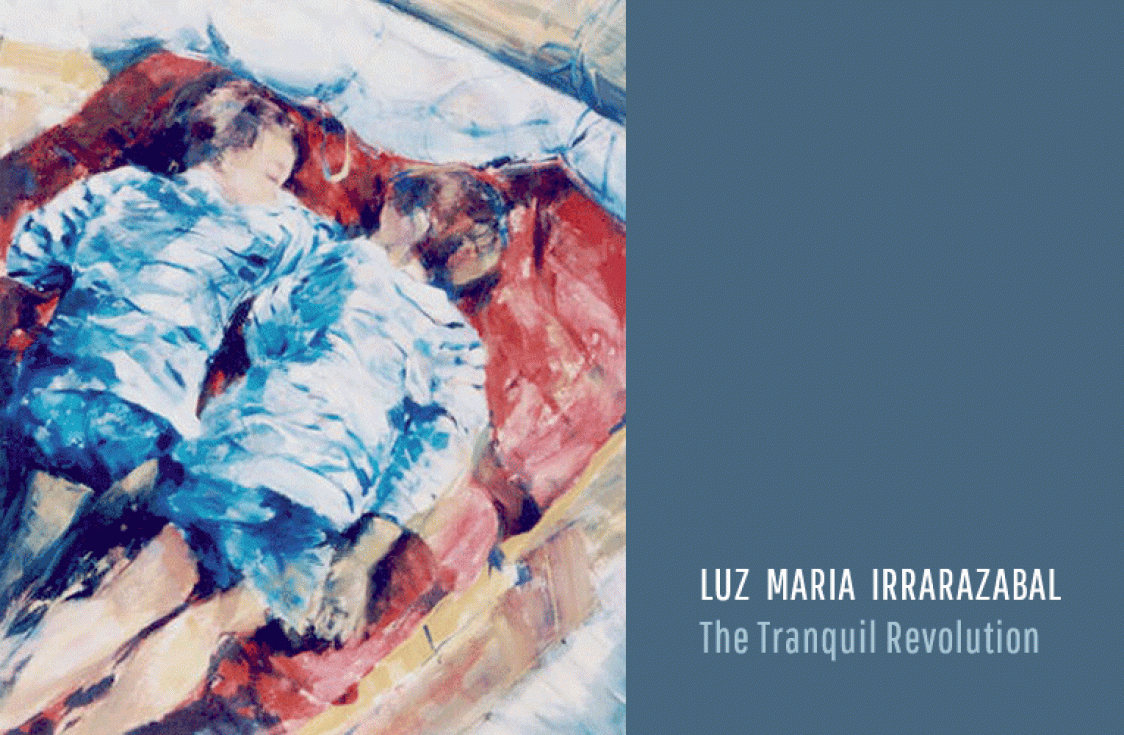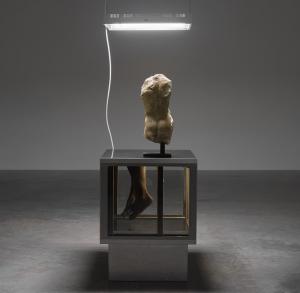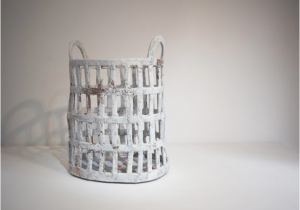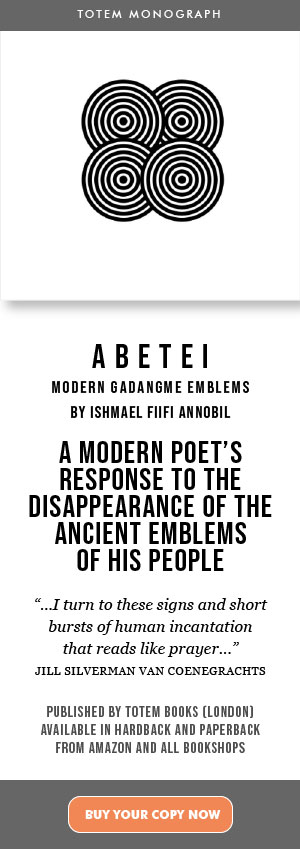By Alex Maccioni
Chilean artists are not exactly word of mouth amongst the artistic masses in Europe. Surrealist Roberto Matta aside, many Chilean artists have failed to break away and succeed on foreign soil. The locals in Santiago de Chile cry that their lack of global recognition in whatever field is due to their geographical and political problems.
Admittedly, both factors have cut-off Chilean artists from the rest of the world in both a physical and mental sense. Geographically Chile is unique. With the driest desert in the North, the huge mountain range of The Andes to the East, glaciers in the South and the Pacific Ocean in the West, Chileans find themselves hemmed in and apart from the rest of their continent, let alone the world. Only with the birth of the global village and the boom in technology and communications can Chilean artist now start to broadcast their talents and skills.
Others argue that the output of Chilean art and knowledge of new forms and style suffered through the dictatorial years of Augusto Pinochet. The recent critically acclaimed Chilean film, Machuca, highlights the struggles artists had during the 70’s and 80’s.
Recently, I decided to take a short bus ride from my apartment in Santiago de Chile to the beautiful, tranquil, green lawned area of Providencia. I met the Chilean artist called Luz Maria Irarrazabal, who has in the last few years managed to take advantage of the change and share her work with awaiting admirers. Her hugely popular exhibitions have graced the cities of New York and Miami in 2003, the Philadelphia Art festival of 2004 and a host of other exhibitions throughout Uruguay and Argentina.
A member of the famous artistic Vasco family, Luz Maria’s speciality is oil and charcoal pictures but she is also a keen engraver and sculpture. Amongst the leafy windswept streets of her borough I spent a few hours observing and talking to her about some of her favourite pieces.
“Innocence and purity are the bases of my paintings”, emphasised Luz Maria. “I suppose, through my attraction to painting women and children.” Hovering above the canvases that were sprawled around her house I noted that her comment was relevant to her work (both old and new). There is no political banging of the drum with Luz Marias paintings. All of her work sits carefully on the canvas, drawing the observer slowly into her world of calm, what with the soft concoction of the colours she uses. “I don’t like using bright or loud colours, I feel that the colours I use give calm and a type of pleasantness to my work. Occasionally you can see a red, but even that colour is used sparingly and softly.” One painting in particular typifies this, with a wisp of red caressing the face of the young.
Drinking tea and conversing in a mix of Spanish and English we talked about her range of painting techniques. “I also love using pastel colours mainly for the same reasons as my water paintings; its effect of taking the edge off colour is something I like.”
For me her style, whether done with pastel or watercolour, always gives the effect that she has stroked on the substance with her fingers, seemingly smudged on. This technique creates a lazy, hazy patina, achieving the peaceful innocence that permeates most of her pictures.
Tranquillity and peace are words that you just can’t avoid while in the company of Luz Marie and looking at her paintings. Her paintings are almost a reflection of her surroundings and character. The two children lying on a mat outdoor is one of many in her collection that depict casual leisure activities. The stillness and grace that shines from each piece is radically different to a lot of other Latin art pieces.
Her work is a breath of fresh air compared to the boisterous paintings of revolution and angst that dominate the Latin art world. Luz Marie’s artistic vision is to create a world of calm and beauty, a place where the observer is taken to the great outdoors, where families laze in the windswept, sun blanched countryside – the elemental continuum of life itself.
After my visit I pondered on the bus home the vastly differing sectors of Chilean art culture, and how different the paintings would be in the traditionally revolutionist districts of Recoleta or Macul. But perhaps in her own way Luz Marie is a revolutionist, because without fuss her creativeness flourishes without the political or symbolist standpoint that fill the brushes of many other Latin artists.
Alex Maccioni is our Latin America Editor. He is a former FT Dynamo writer presently based in Chile, where he writes and runs his own English Language College
Photos by Alex Maccioni





